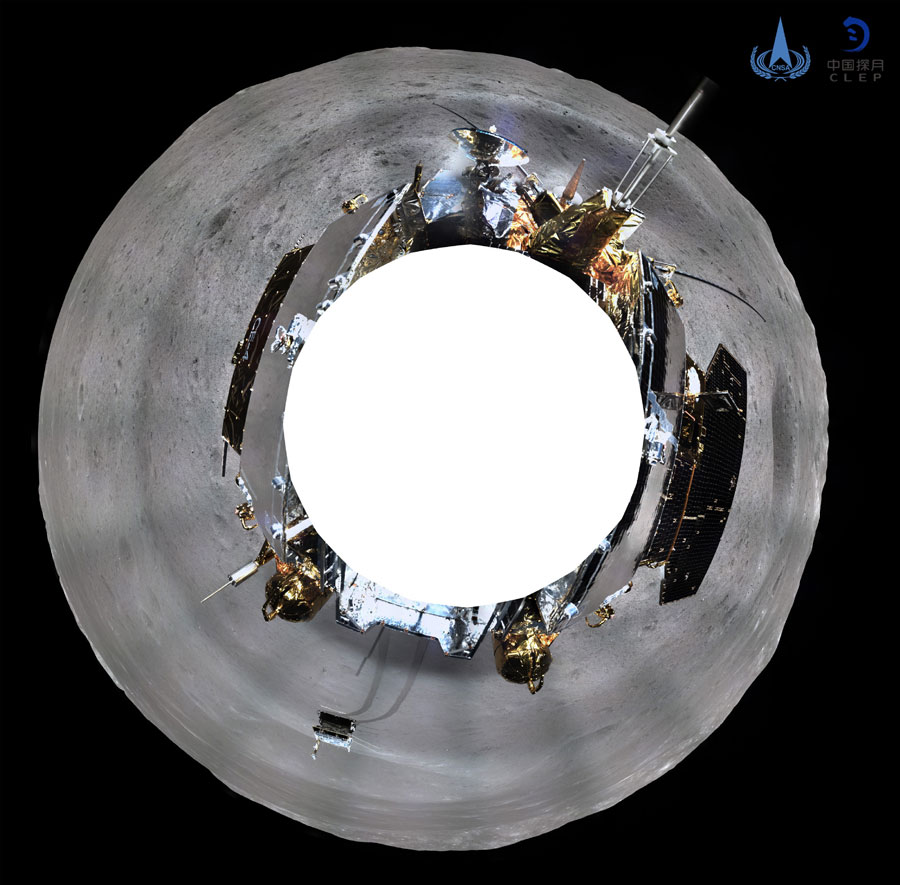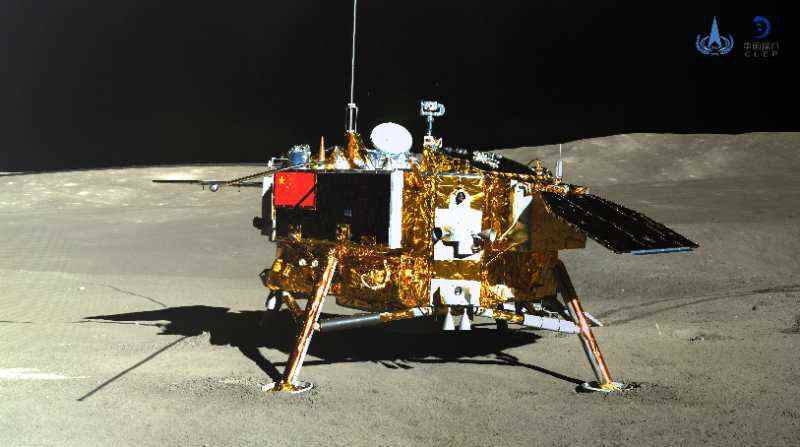Lunar probe takes first panoramic images of moon's far side


Chinese researchers have conducted preliminary topographical analysis of the landing site of the country's Chang'e 4 lunar probe, the China National Space Administration said on Friday.
By Friday morning, Chang'e 4 – consisting of a lander and a rover – and the Queqiao relay satellite had been in stable condition, the administration said in a statement.

Cameras mounted on the lander took panoramic images of the landing site and transmitted those images to the ground control via Queqiao, enabling researchers to do a topographical analysis, it noted, adding that the rover, named Yutu 2, or Jade Rabbit 2, was activated on Thursday after a short standby mode.
Chang'e 4 was lifted atop a Long March 3B rocket in early December at the Xichang Satellite Launch Center in southwestern China's Sichuan province to make the country's fourth lunar expedition and mankind's first surface observations of the moon's far side that never faces the Earth

The robotic probe made a soft landing on the far side on Jan 3 and then released a lunar rover, the seventh rover on the moon and also the first to get to the far side, to roam and survey the landing site in the South Pole–Aitken basin, the largest and deepest known basin in the solar system.
- China's giant pandas draw world attention from national treasure to global cultural icon
- Death toll from mountain torrents in NW China's Gansu rises to 15
- Taiwan issues land warning as Typhoon Podul nears
- Feature: Robotic guardian joins Tibetan antelope herd
- Chinese researchers develop soft yet robust microrobot
- China issues regulations on infectious disease outbreak early warning



































